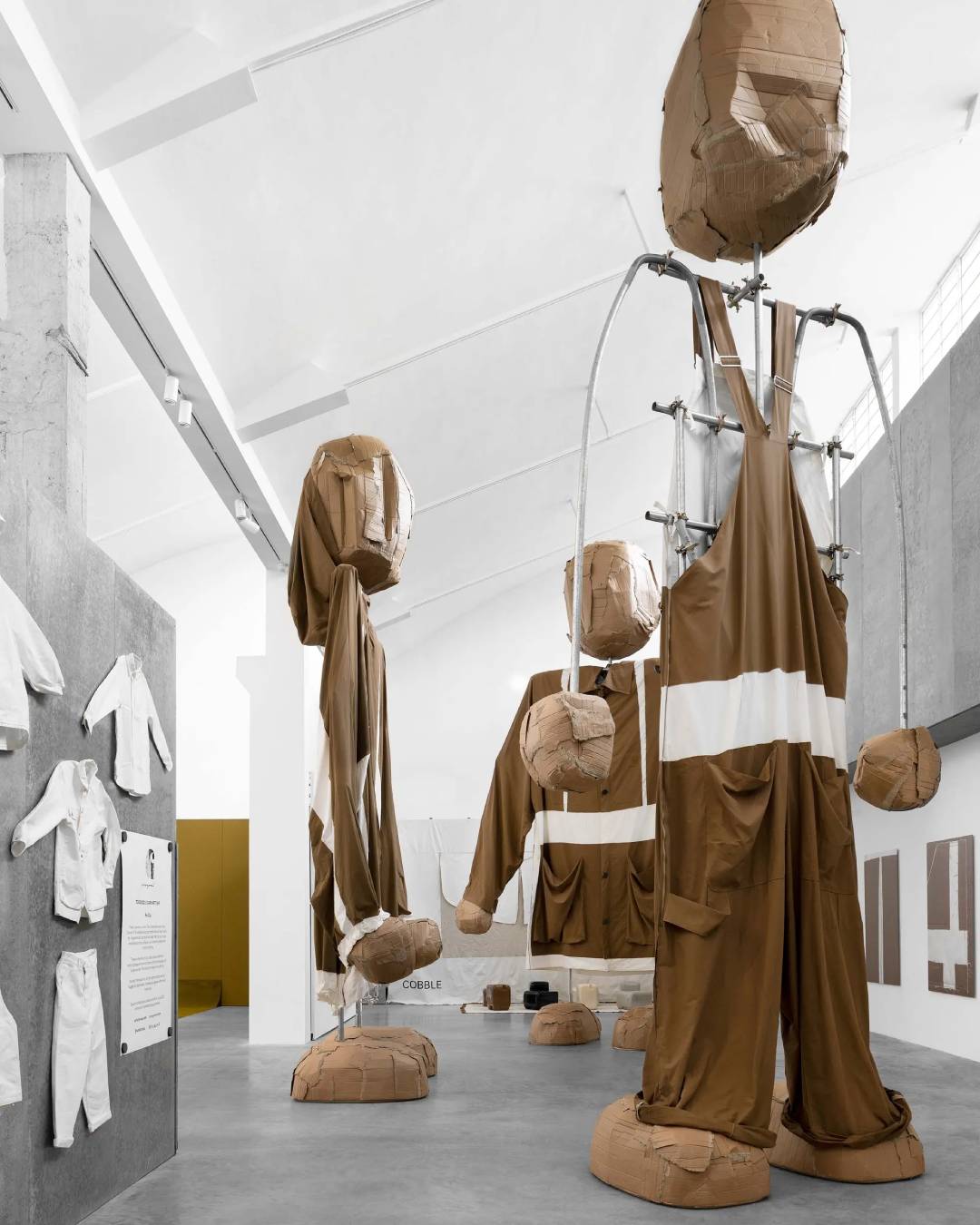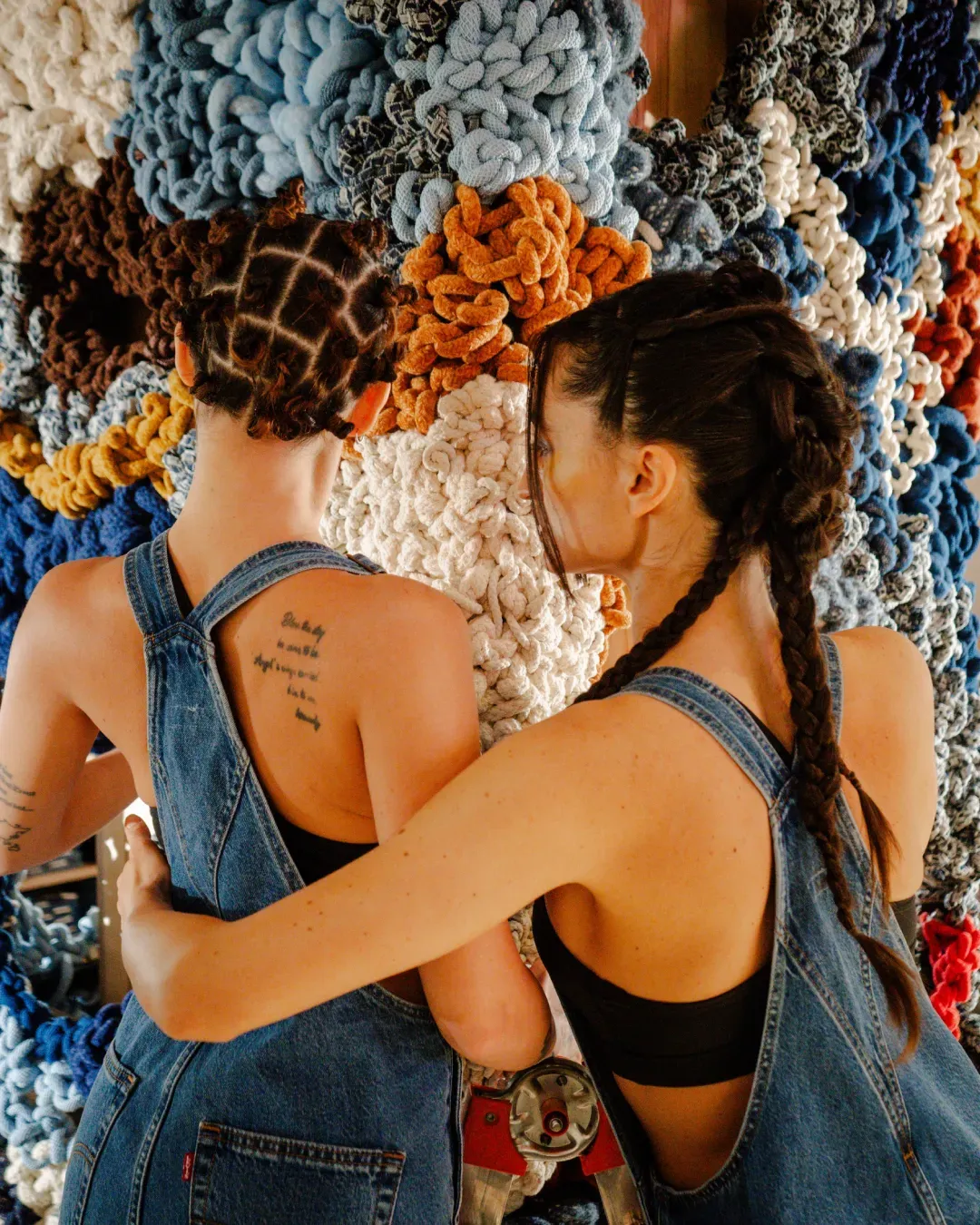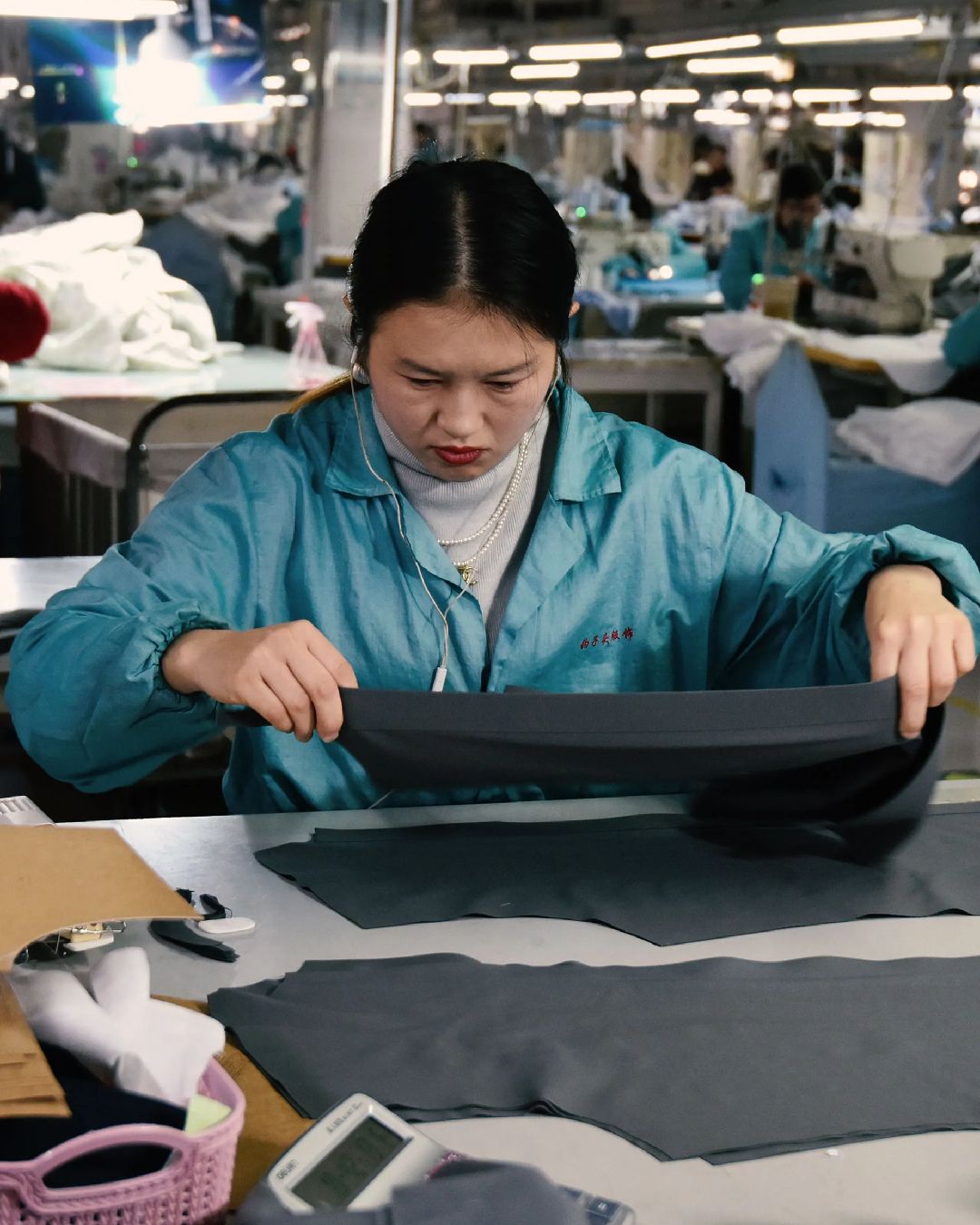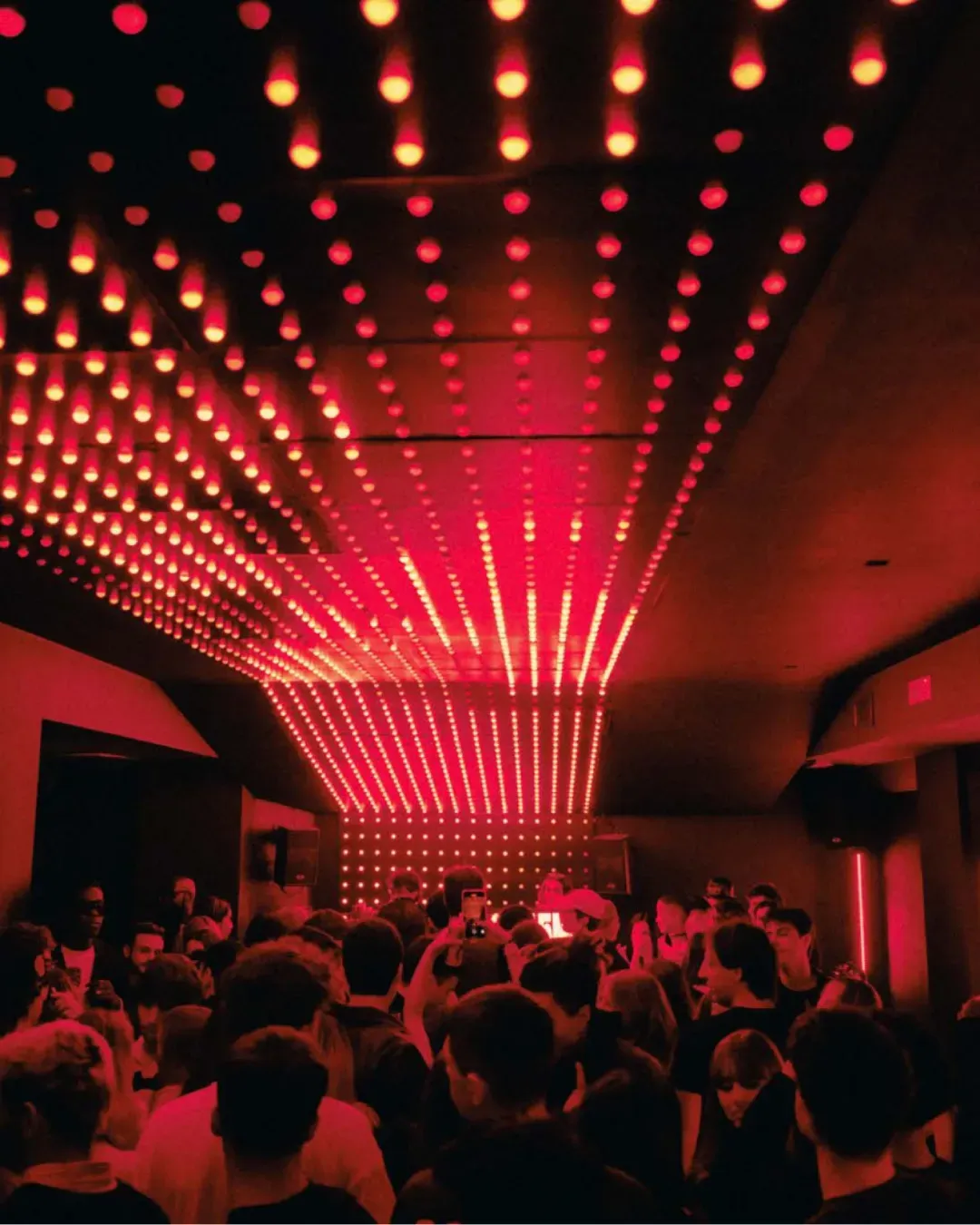
Who disposes of all the objects from the Fuori Salone? What happens to installations, gadgets and exhibitors at the end of Design Week
Just concluded the Design Week, the world's largest furniture event. This new edition was dedicated to the theme "Nature Matter", for the exploration of design in connection with the ecosystem that hosts it and that ultimately allows its production. The focus of the events was therefore directed towards the responsibilities that contemporary designers must take on, from the commitment to reducing waste in the creation process to raising consumer awareness. But while, on one hand, the Design Week represents the perfect stage to promote values such as sustainability and respect for the Planet, thanks to its record turnout of people from every corner of the world, on the other hand, the large number of installations, exhibitors, and even gadgets given to visitors raises a spontaneous question about the ecological impact of the event once it's over. Where will all the scaffolding, exhibition structures, cadeaux, and samples end up? For example, just 24 hours after the end of the FuoriSalone, we have already found hundreds of products given away on the streets of Milan for sale online. Signed tote bags (published at an average price of 100 euros), socks, and all kinds of organizers have appeared on major second-hand websites, demonstrating both the low interest of the people who received them and the very high number of new items now in circulation, many of which are purposeless.
@fabriziopensante Tutto quello che ho scroccato alla #milanodesignweek #milan #design #fuorisalone2024 suono originale - Fabrizio Pensante
Like all enormously scaled events, it's normal for FuoriSalone to unintentionally produce a large amount of waste, as well as the commitment of some organizers to ensure minimal waste. Tortona Rocks, a project that embraces all initiatives promoted in the Tortona area at the Opificio 31 exhibition center by Milano Space Makers, has launched Waste Less for the disposal and recycling of setup materials for a couple of editions now. Organizers collaborate with various associations to transform the components of the stands found in the neighborhood into objects, project manager Alessandra Salici tells us. «This year, there will actually be very few waste materials because we have several projects that will be replicated in other cities, but, for example, a group of designers called Ebe Collective will use some of the vinyls we used to create objects.» Part of the wood used in building the stands will be rethought in collaboration with the social carpentry workshop Parallelo for the production of furniture and small objects, while fabrics will be recovered for other projects. «In recent years, design has begun to massively address sustainability in lifestyle and consumption,» adds Salici. «We decided to act on two fronts: one is to try to minimize the waste produced during events and then recycle as much as possible, the second is to recover materials through projects that can decompose and rethink them.»
A few kilometres away from the FuoriSalone in Milan, the Venice Biennale kicked off, also this year dedicated to the theme of the environment and ethical production, more specifically decolonisation and decarbonisation. Visitors to the exhibition who bought their tickets online in recent months were asked a questionnaire about where they were from and how they would travel to Venice so that the environmental expense of their trip could be calculated and shared with them. With the same content, this year's Biennale and Design Week explore the same topics, only the former does so with a more inclusive and comprehensive conception of the theme: it engages the public by engaging them on the impact of environmental damage on populations and invites them to reconsider sustainability as a method of safeguarding mankind, rather than as an obsession with the environment.
@cotoncri Siamo tutti attori e attrici di questo collasso, ma possiamo riscrivere la regia e cambiare il finale. Buona Giornata Mondiale della Terra, senza fette di salame sugli occhi (e nel piatto) #giornatadellaterra suono originale - Cristina
Today is Earth Day. In fashion as in design, there has long been discussion about the actual impact both sectors have on the environment and how to mitigate it. This year, Design Week dedicated itself entirely to the theme but, except for the commitment of some organizers, in recent days in the center of Milan you could still see the results of an event (and an audience) that doesn't recognize its own responsibilities, from the green fields of Parco Sempione submerged in plastic cups after weekend concerts to the systematic distribution of gadgets and business cards that soon ended up in some bin, if not on the ground. For companies, FuoriSalone is a unique opportunity for advertising, but it's necessary to keep in mind that if the cost of a branded giveaway is zero, someone else is paying dearly for it. In this case, it's our Planet.













































